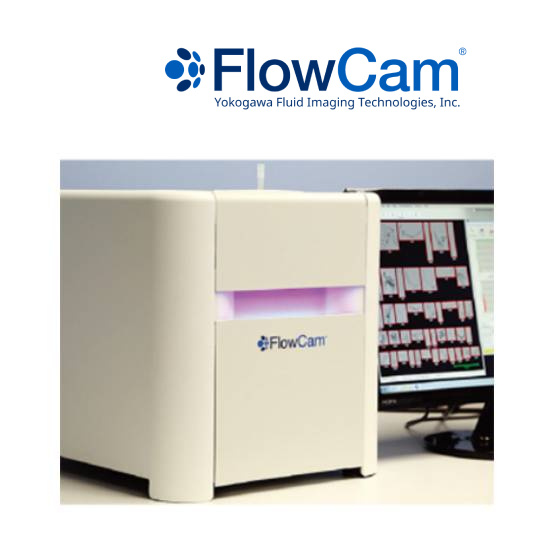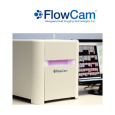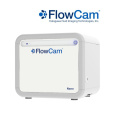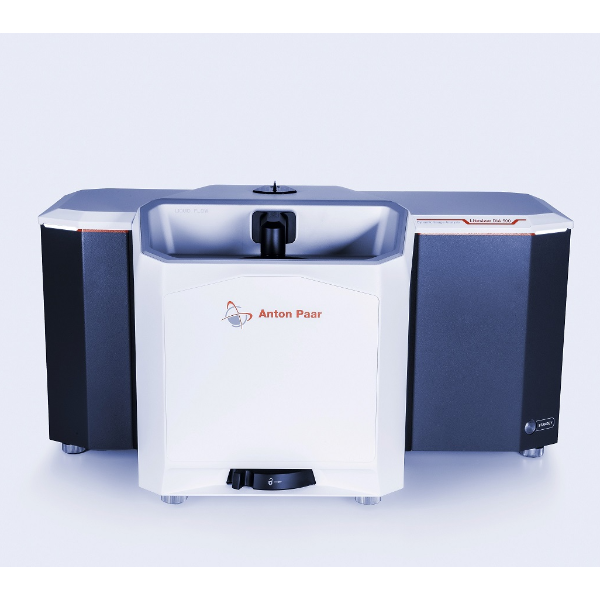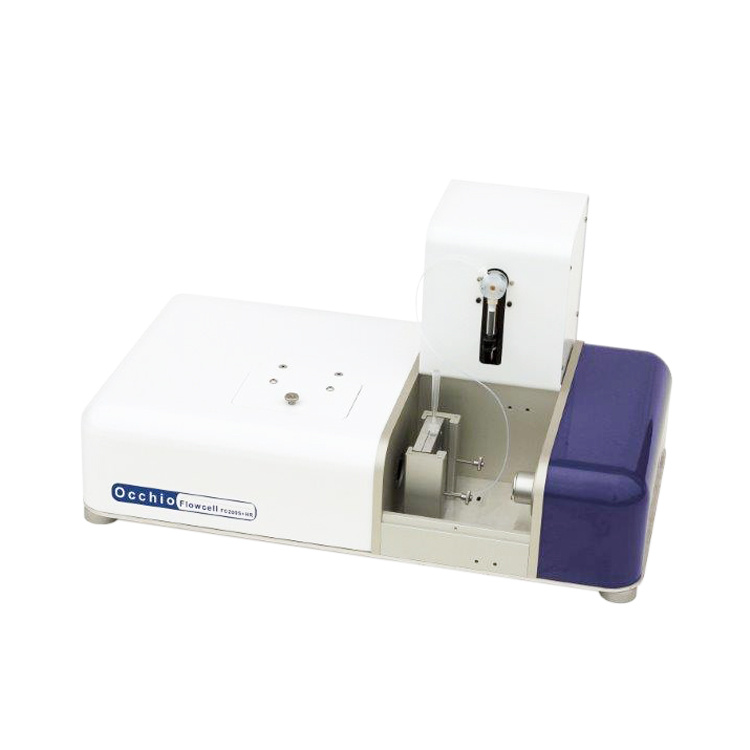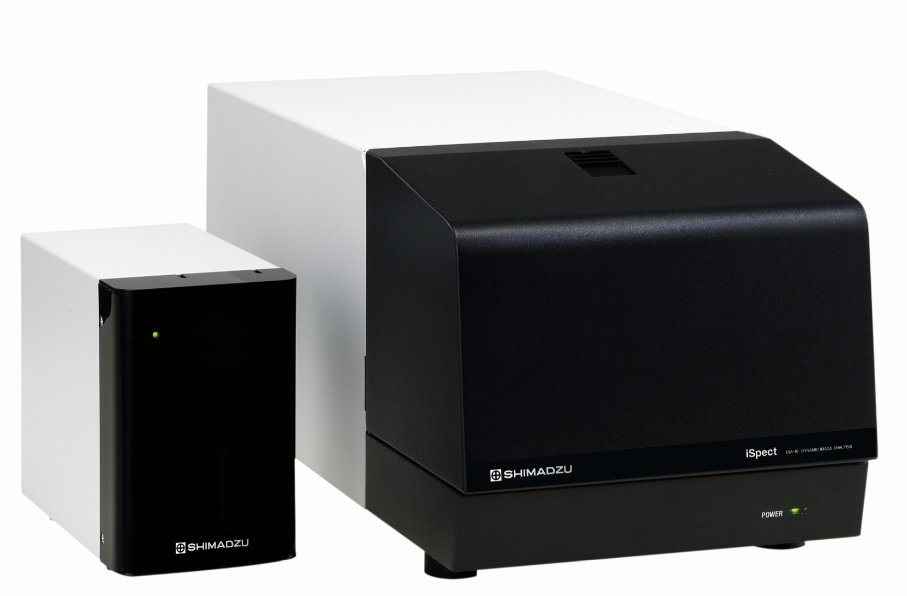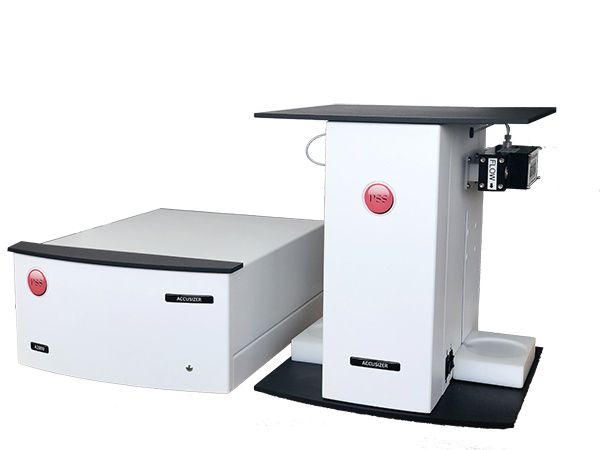动态成像粒子分析(DIPA)系统为您提供FDA推荐的蛋白质制剂中颗粒的深入表征。 在探索使用此原理的仪器时,应考虑以下五个重要特征。
图像质量
适用性
仪器的灵敏度
样品量的要求
易于分析和数据处理
方案详情

,FlowCam"Particle Analysis with VisionFLUID IMAGING TECHNOLOGIES, INC. Dynamic imaging particle analysis (DIPA) systemsprovide you with the in-depth characterization ofparticles in protein therapeutics that is recommendedby the FDA. Here are five important features thatshould be considered when exploring instrumentationthat use this principle. #1. IMAGE QUALITY Image quality is extremely important whencharacterizing, identifying, and differentiating proteinaggregates from silicone oil and other contaminants ina drug formulation. A high quality image is essentialfor accurate sizing measurements. Because DIPAinstruments take measurements directly from theimages they collect, the precision and accuracy of thedata is directly related to the quality, or sharpness, ofthe images. Blurry images make it difficult to distinguish proteinaggregates from other contaminants and to appreciatethe morphological differences in aggregated proteinsthemselves. These differences may be an importantindication of bacterial or viral contamination (e.g.aggregates containing round globules versus rods). Poor image quality can also result in low concentrationsor inaccurate characterization because smaller or faintparticles (such as those with a low refractive index)are mischaracterized, or missed entirely.V.. This resultsin increased measurement variation, and a lowerstatistical confidence. The ability of a DIPA instrument to match patterns andclassify particles is also affected by image quality. The true strength of the DIPA technique over other particleanalysis techniques is the ability to differentiate particlesbased upon appearance. The better the overall imagequality, the easier it is for the instrument's softwareto recognize patterns, and in turn classify particles.Therefore, image quality is paramount to the value of adynamic imaging particle analysis system. In short, fuzzyimages lead to fuzzy measurements, which lead to fuzzyclassifications Learn more in our white paperDynamicImaging Particle Analysis:The Importance of lmage Quality >>Click link above or go to http://hub.am/1oJ33aW #2.FLEXIBILITY Not all formulations are alike - particles vary significantlyfrom one formulation to another.Depending onthe formulation, these differences may necessitatea modification to capture settings to ensure propermeasurement. It is important to choose a system thatcan be configured to suit the specific formulation you aretesting and achieve optimum results. This is especiallytrue if your formulations contain stabilizers, which canaffect the refractive index of the matrix. Also, if a wide range of particles sizes is expected, aninstrument may need to support multiple magnifications.For example, the FlowCam@VS provides interchangeable2X, 4X, 10X, and 20X objectives, and can utilize bothdisposable flow cells and fixed field of view flow cells in avariety of sizes. #3. INSTRUMENT SENSITIVITY Many protein aggregates are translucent. This canmake them difficult to detect with any particle analyzerbecause their refractive index is close to the matrix inwhich they are suspended. In some systems, simple darker-only thresholding isused, which may cause transparent aggregates to becut into smaller particle pieces or go undetected. Thisresults in incorrect measurements and incorrect countor concentration calculations. Having the ability to threshold on either darker pixels(relative to the background), lighter pixels or bothsimultaneously can ensure the proper characterizationof protein aggregates, especially when working withhigh concentration formulations or those with a largeamount of stabilizer. Learn more in our poster,The Importance of Thresholding inImaging Analysis of Protein Aqgregates >>Click link above or go to http://hub.am/1oJ46Yy #4. SAMPLE VOLUME REQUIRED Since drug formulations can be expensive or in shortsupply, it is important to clearly understand thesample volumes a particle analyzer requires to provideaccurate results. It is also important to understandhow much sample will be needed (if any) to primethe system prior to measurement. Minimum samplevolumes differ between types of imaging particleanalyzers from 50 uL to 1 mL. #5.EASE OF ANALYSIS AND DATA PROCESSING Data is one thing- actionable information is another.Once your data is captured using a dynamic imagingparticle analysis system, it is important to have an easyway to analyze it. The quality of the software variessignificantly from one type of DIPA system to another.Choose one that allows you to efficiently interact withyour data and extract information quickly and easily. Some key software features include: SSorting and filtering particle images basedupon criteria you supply, with immediate visualfeedback. ● Sophisticated pattern recognition capabilitiesthat immediately find and display all similar-typeparticles in a heterogeneous sample. ·CCreation of user-defined particle-type librariesto instantly enumerate concentrations of specificparticle types. Satellite software for post-processing data at aremote location or sharing data with others. LEARN MORE! The benefits of dynamic imaging particle analysis are examined in Protein Aggregation and Emerging Toolsto Support Development and Characterization,a recentpresentation by Gilead’s Danny K. Chou, PharmD, PhD. Download Presentation>> Click link above or go to http://hub.am/1mRstWW You can also find more resources, including videos,articles, and technical posters on our website. Go to FlowCam@ Protein Aqgregate Application>> Click link above or go to http://hub.am/1iKseZN +1-207-289-3200 · Fluid Imaging Technologies, Inc. . -+-· www.fluidimaging.com 动态成像粒子分析(DIPA)系统为您提供FDA推荐的蛋白质制剂中颗粒的深入表征。 在探索使用此原理的仪器时,应考虑以下五个重要特征。 图像质量 适用性 仪器的灵敏度 样品量的要求 易于分析和数据处理
确定
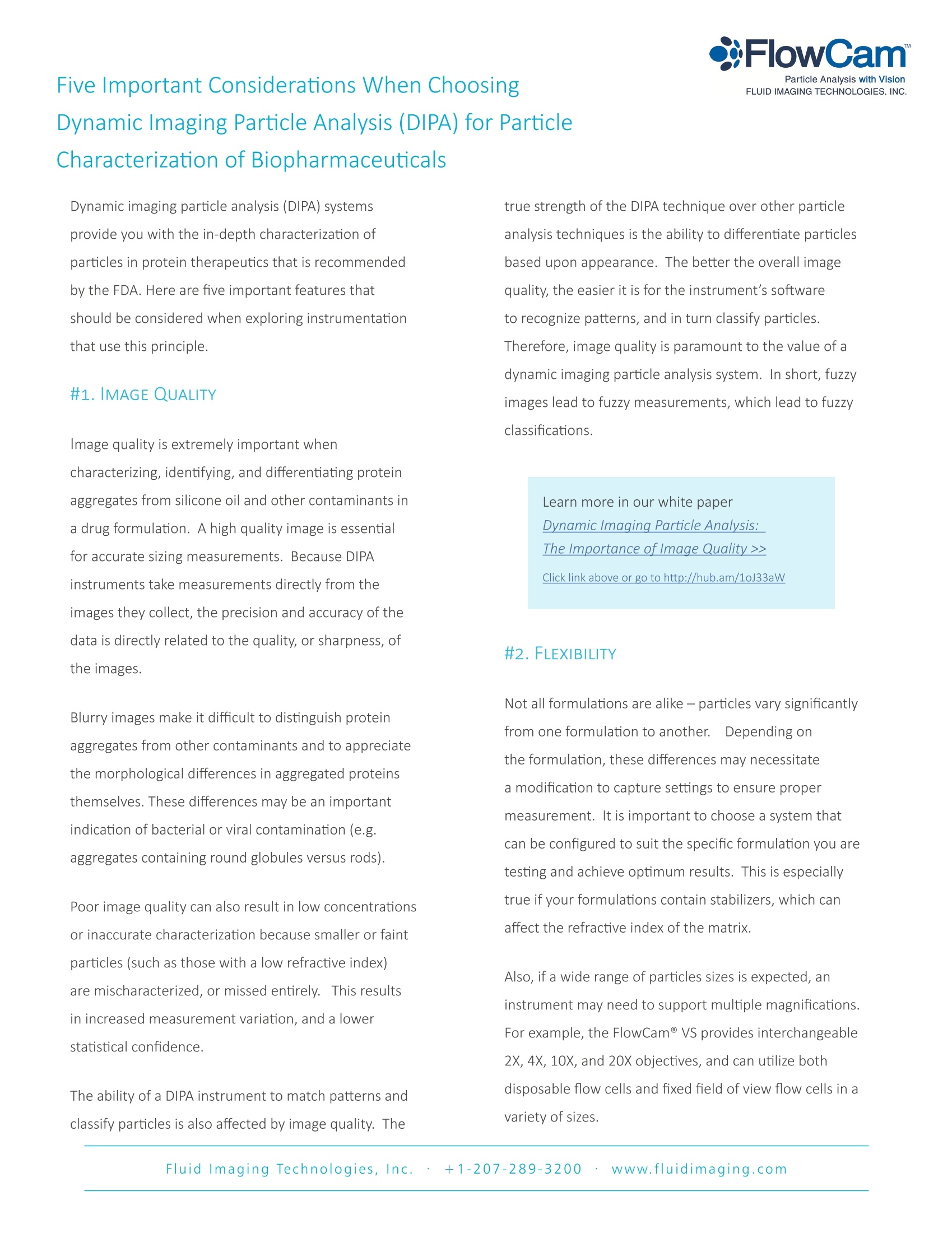

还剩1页未读,是否继续阅读?
大昌华嘉科学仪器为您提供《制药颗粒表征中五个重要因素检测方案(图像粒度粒形)》,该方案主要用于原料药中理化性质检测,参考标准--,《制药颗粒表征中五个重要因素检测方案(图像粒度粒形)》用到的仪器有流式颗粒成像分析系统FlowCam®8100、颗粒成像法+光阻法分析系统 FlowCam® + LO、纳米流式颗粒成像分析系统 FlowCam® Nano
推荐专场
相关方案
更多
该厂商其他方案
更多

